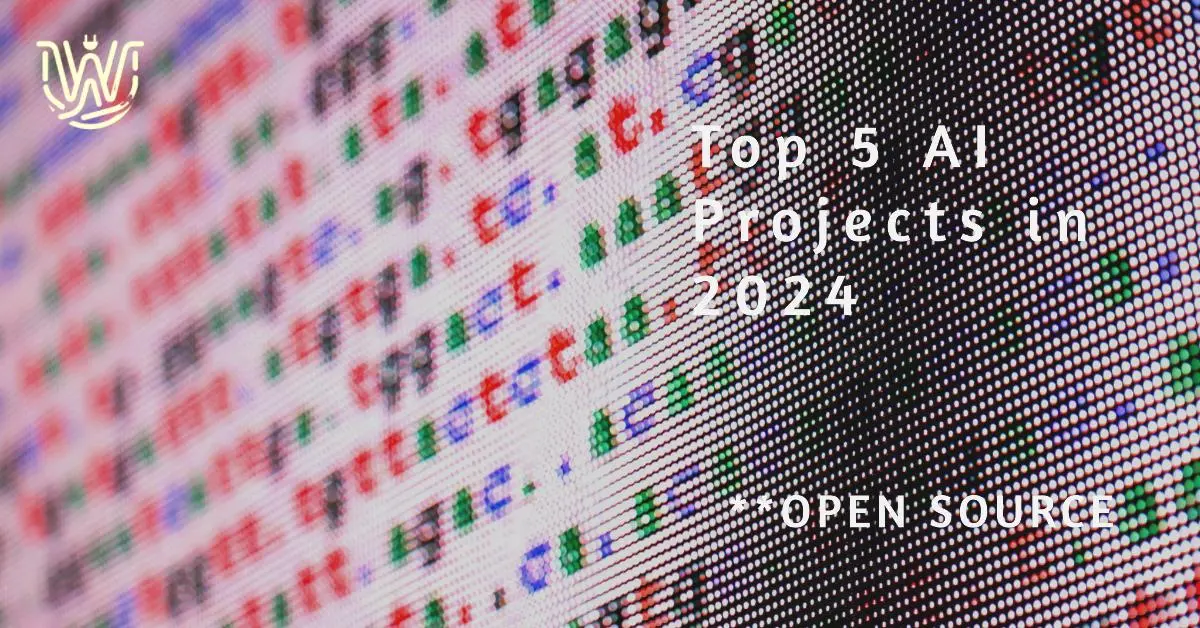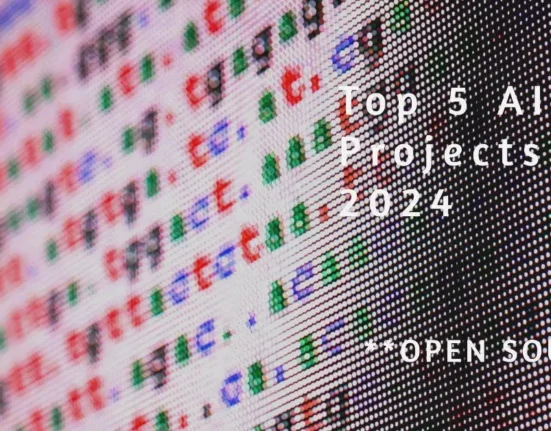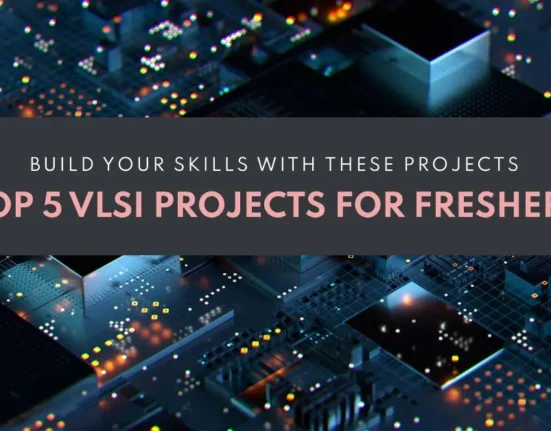Open source projects have always been the best place for developers to showcase their skills as well as contribute towards building a technology that can benefit a large base of users.
But in recent days, open source projects, especially open source AI projects have gathered attention on privacy grounds after users learned about several data breaches. Apart from this, open-source AI projects have been known for driving innovation and democratising access to cutting-edge AI technologies for everyone. The recently launched Moshi AI by Kyutai is a prime example of this. Btw, if you do not know about Moshi AI , let me tell you , Moshi AI by Kyutai is the latest addition of a conversational chatbot just like ChatGPT 4o in the open source world.
In this article, we’ll explore five of the most impactful open-source AI projects that are shaping the future of machine learning, natural language processing, and computer vision.
Table of Contents
Toggle5 Best Open source AI projects .
1. TensorFlow
The first name on our list is TensorFlow. TensorFlow was originally developed by Google Brain. And very soon after its launch, it became one of the most widely used open-source frameworks for machine learning and deep learning. Its flexibility and scalability make it suitable for both research and production environments.
Key features:
1) Supports both CPU and GPU computing.
2) Offers a comprehensive ecosystem of tools and libraries.
3) Enables easy model deployment across various platforms.
Use cases:
1)Image and speech recognition
2)Natural language processing
3)Predictive analytics
Recent developments in TensorFlow:
TensorFlow recently launched their TensorFlow 2.x. The newly released version promises improved ease of use with eager execution and better integration with Keras API.
2. PyTorch
The second name in our list of Top 5 Open-Source AI Projects Revolutionizing Technology in 2024 is PyTorch. Pytorch was created by Facebook’s AI Research lab, PyTorch has gained significant popularity among researchers and developers for its dynamic computational graphs and intuitive Python interface.A number of pieces of deep learning software are built on top of PyTorch, including Tesla Autopilot, Uber‘s Pyro, Hugging Face‘s Transformers, PyTorch Lightning, and Catalys
Key features:
1) Dynamic computational graph
2) Native support for Python
3) Extensive libraries and tools for deep learning
Use cases:
1)Computer vision
2)Natural language processing
3)Reinforcement learning
Recent developments in PyTorch:
Recently launched PyTorch 2.0 has introduced significant performance improvements and new features like TorchDynamo for dynamic graph optimization.
Also Read : 5 Must Read Books Picked by AI Guru Sam Altman
3. Hugging Face Transformers
Hugging Face Transformers is a library that has originally been built on PyTorch. These transformers from Higging Face are known for revolutionizing natural language processing by providing easy access to state-of-the-art pre-trained models.
Key features:
1) Extensive collection of pre-trained models
2) Support for various NLP tasks
3) Easy fine-tuning and deployment
Use cases:
1) Text classification
2) Question answering
3) Text generation
OpenCV is a well known name in the AI world .Originally developed by Intel in 2000’s OpenCv is a host to over 2500 algorithms for computer vision and machine learning.By using it, one can process images and videos to identify objects, faces, or even the handwriting of a human.
Key features:
1) Extensive collection of computer vision algorithms
2) Support for multiple programming languages
3) GPU acceleration capabilities
Use cases:
1) Image processing
2) Object detection and tracking
3) 3D reconstruction
The 5th and the last name in our list is Scikit-learn . Scikit-learn is a machine learning library built on NumPy, SciPy, and matplotlib, offering a wide range of algorithms for classification, regression, clustering, and dimensionality reduction.
Key features:
1) Easy-to-use interface
2) Comprehensive documentation
3) Interoperability with other scientific Python libraries
Use cases:
1) Data preprocessing
2) Model selection and evaluation
3) Feature extraction
Conclusion:
These five open-source AI projects represent the cutting edge of accessible artificial intelligence technology. By leveraging these tools, developers and researchers can push the boundaries of what’s possible in machine learning, natural language processing, and computer vision.
Discover more from WireUnwired
Subscribe to get the latest posts sent to your email.





